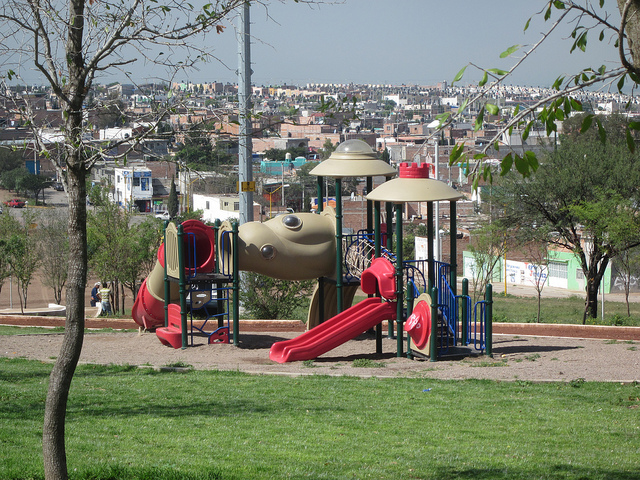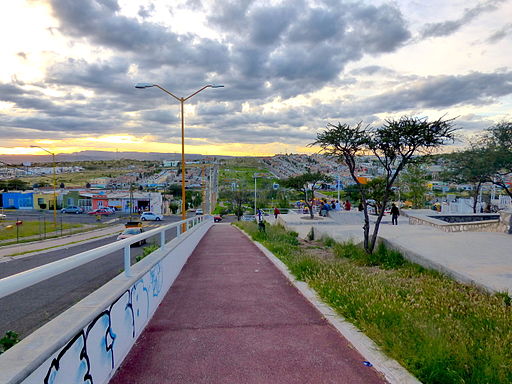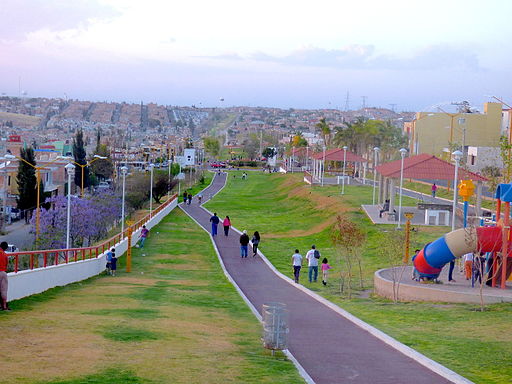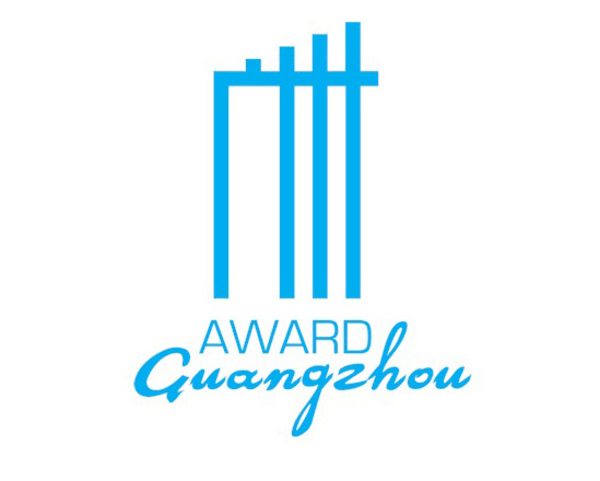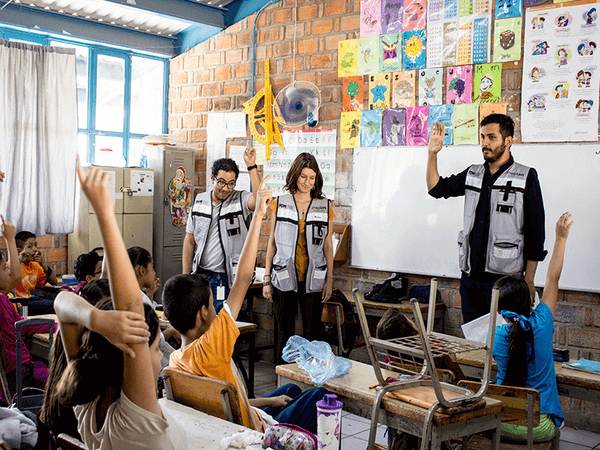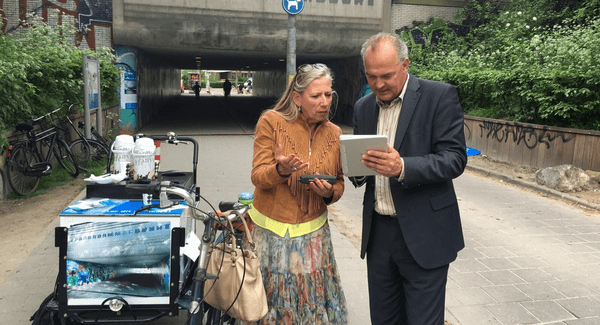City
Aguascalientes City
Main actors
City Government, Regional Government, National Government, Private Sector, NGO / Philanthropy
Project area
Neighborhood or district
Duration
Ongoing since 2010
The aim of the Línea Verde is to provide public spaces that contribute to enhance community life for more than 300,000 inhabitants living in the poorest area of the city.
Aguascalientes' vision is to insert an urban landmark of 12 kilometres of infrastructures to improve the quality of life of residents living in the most deprived area of the city. This project seeks to be a social platform where people can find a place to improve their mental and physical health thanks to leisure and physical activities. The project is supported by a social welfare program called "Convive Feliz" which provides trainings for jobs and empowers people for self-community management. Since its beginnings, the program has also contributed to the eradication of domestic violence and the reduction of drug addictions in the area.
Guangzhou Award
This project was shortlisted for the 'Guangzhou Award' in 2012.
On Map
The Map will be displayed after accepting cookie policy

